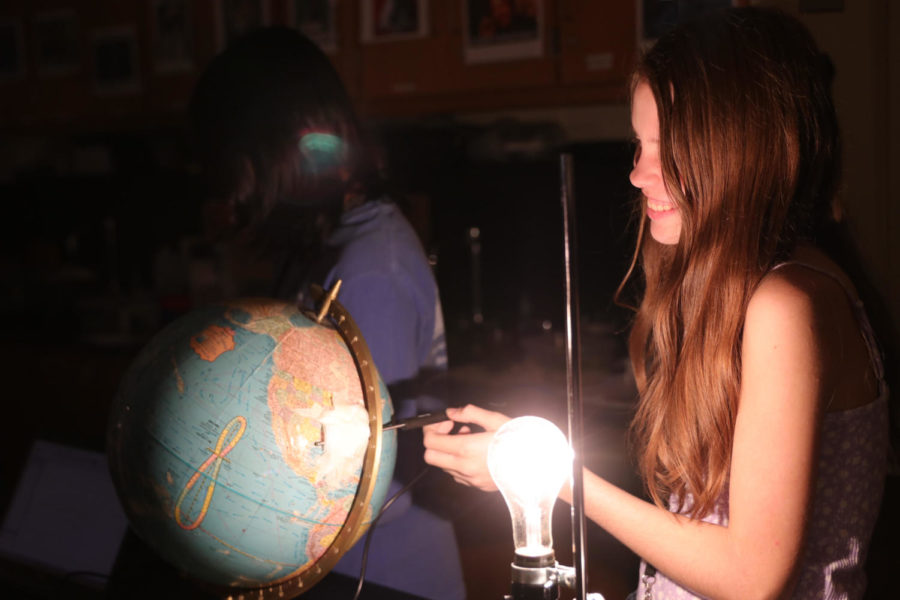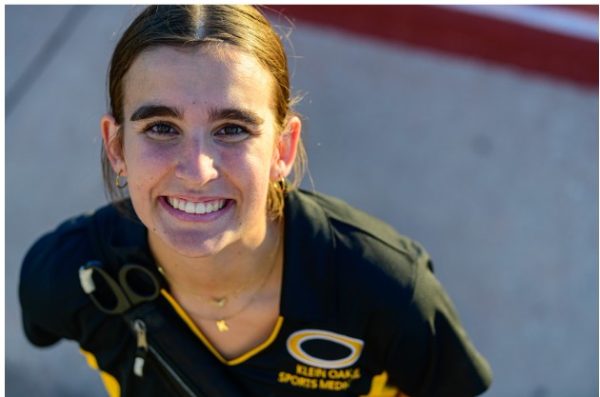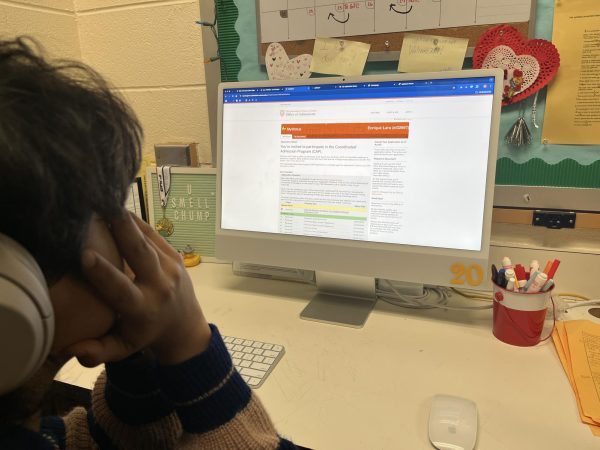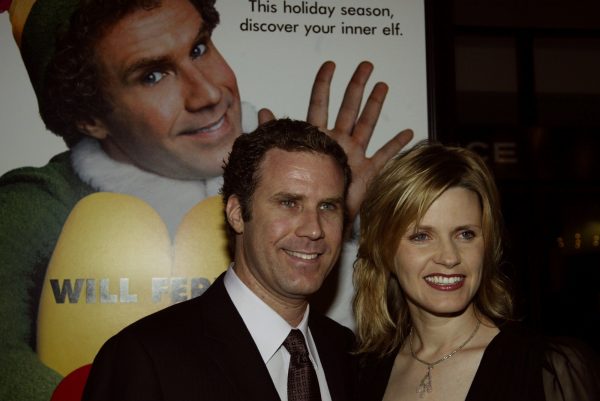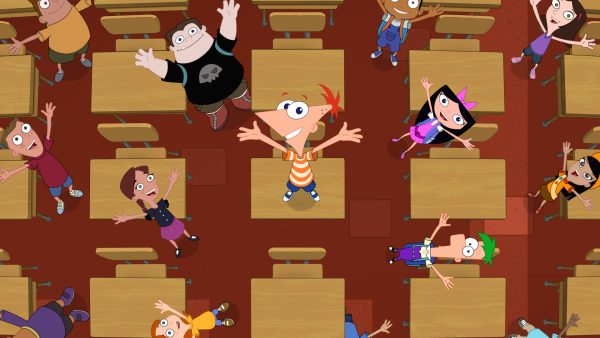It’s Not Rocket Science (Or Maybe It Is)
Course selection brings on talk about future classes
After getting the classic science courses like Biology I and Chemistry I out of the way, students have the option to take additional classes such as Astronomy, Environmental Systems, Aquatic Science, or Earth and Space Science to meet the state required minimum for graduation. These courses give students a chance to explore the world in a new way.
Reach For the Stars
Astronomy is considered the study of celestial objects and what lies beyond the Earth’s atmosphere. The course dives into the lives of different types of stars, galaxies, and the beginning of the universe all the way to how it will end. Concepts from middle school, such as moon phases and eclipses are also expanded on.
“The class provides a greater understanding of what the universe is, how large and awesome and ridiculously violent it is,” Astronomy teacher Timothy Beasley said. “Along the way the student learns more about how matter and energy work and interact, how we know what we (think we) know about the universe and how to think about it. A lot of students just like space, black holes and supernovas.”
Adapting to your Environment
In the Environmental Systems course, students get the opportunity to explore abiotic and biotic factors of habitats as well as the resources that impact an environment. Changes in populations of an ecosystem and the environment itself is also another topic that is covered. Lastly, Environmental Systems students take part in laboratory investigations and use scientific methods to explain how many things come together to create a habitat.
“Environmental Systems teaches human effects on ecosystems and how we can prevent our influence from ruining our future on the Earth,” senior Claire Hunt said. “I enjoy learning how our world has changed, even if it’s for the worse because it opens my eyes to the many problems we project onto the environment.”
Make a Splash
Aquatic Science dives into a variety of ecosystems from marine zones to freshwater watersheds and covers different water animals. The class discusses bodies of waters around the world like coral reefs in the Caribbean and polar regions in the arctic. In addition, students learn about scuba history and equipment used during ocean diving.
“Students will gain knowledge of an area of the Earth that is vastly unknown,” Aquatic Science teacher Michael Lynch said. “The human race knows more about the surface of the moon than we know about depths of the ocean floor. Aquatic Science will help spark an interest to understand that unknown.”
Out of This World
Earth and Space Science is a class that opens the doors to Earth’s system in space and the history of the planet. Other topics include advances in space technology, and the geosphere and complex subsystems of Earth’s surface. Furthermore, this science course teaches students about different minerals and rocks as well as Earth processes like weathering and erosion.
“My favorite unit so far has been Earth history when we discussed how the world has changed since its creation. Earth and Space Science is a great class to take for anyone who is curious about the mechanics that created our Earth,” junior Kinsey St Amand said. “Ms. Hebert has two chinchillas in class. That’s pretty cool and the number one reason to take her class.”


